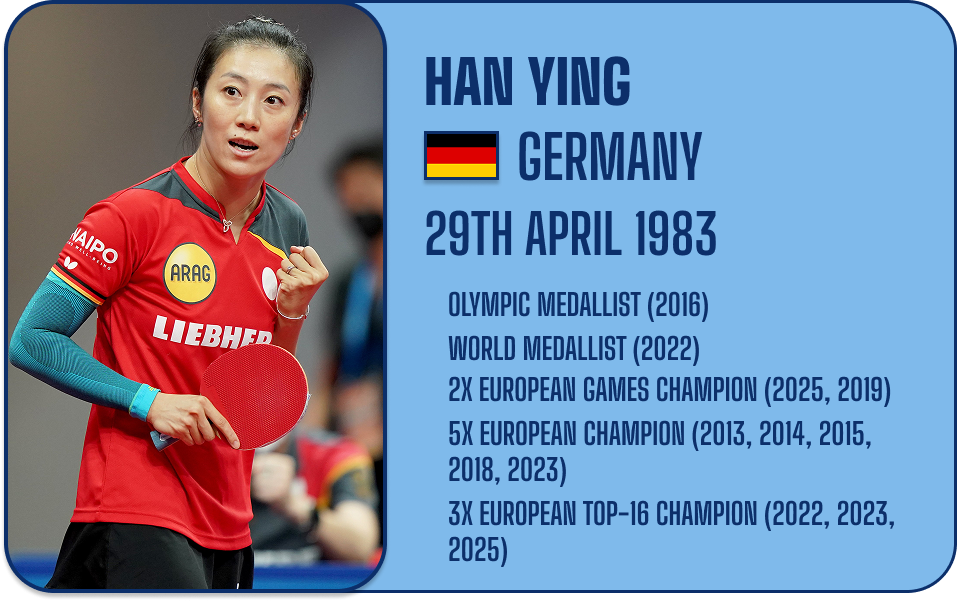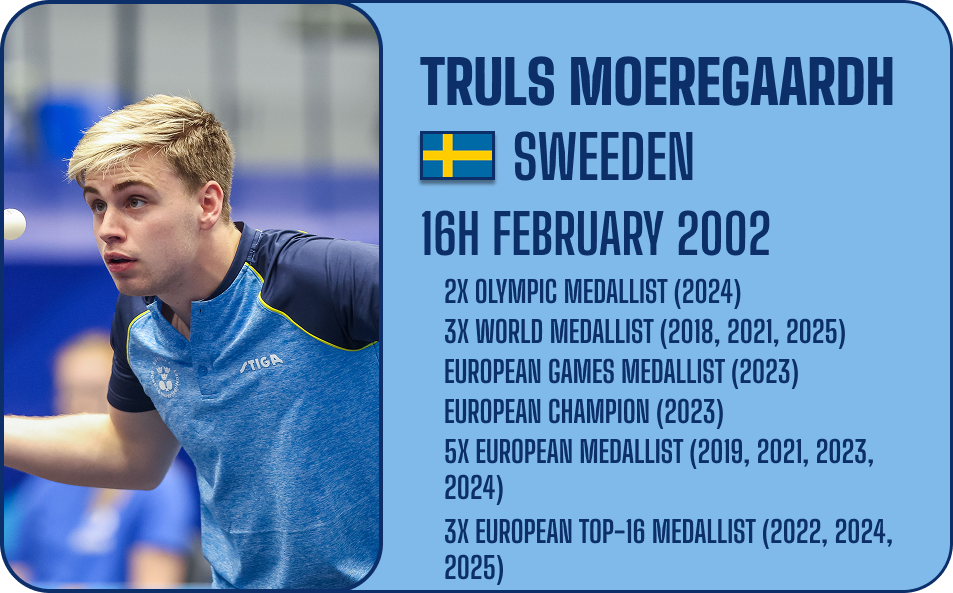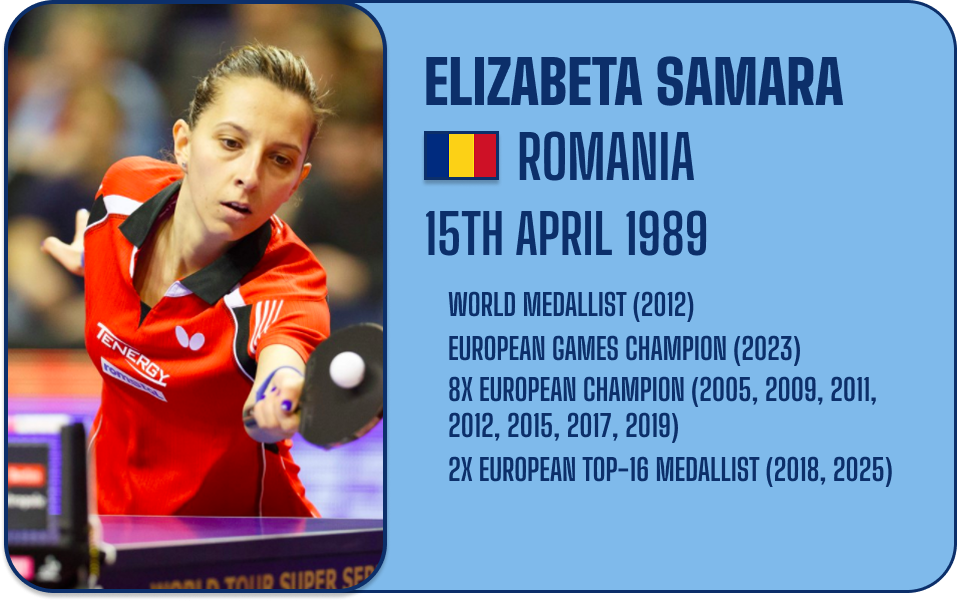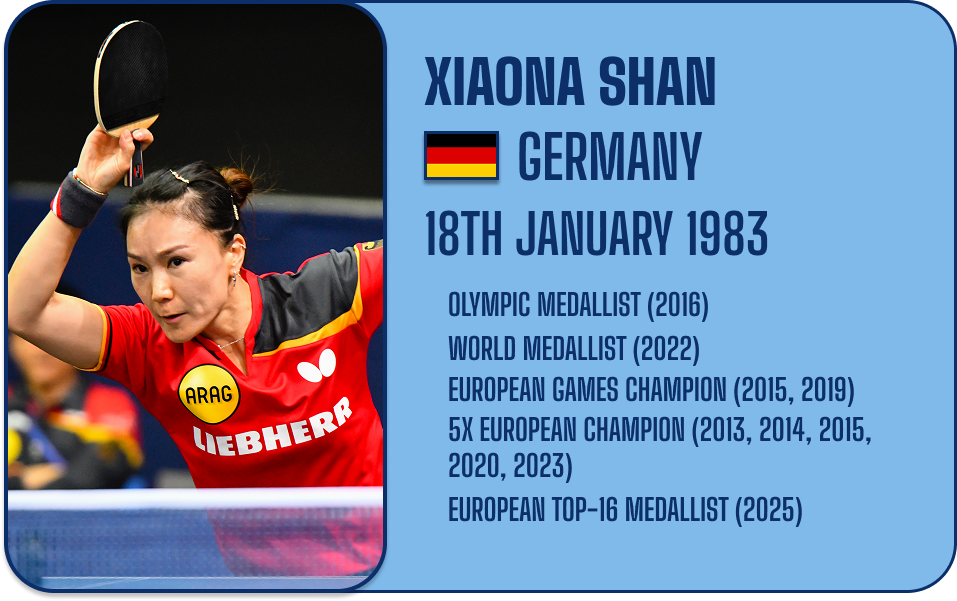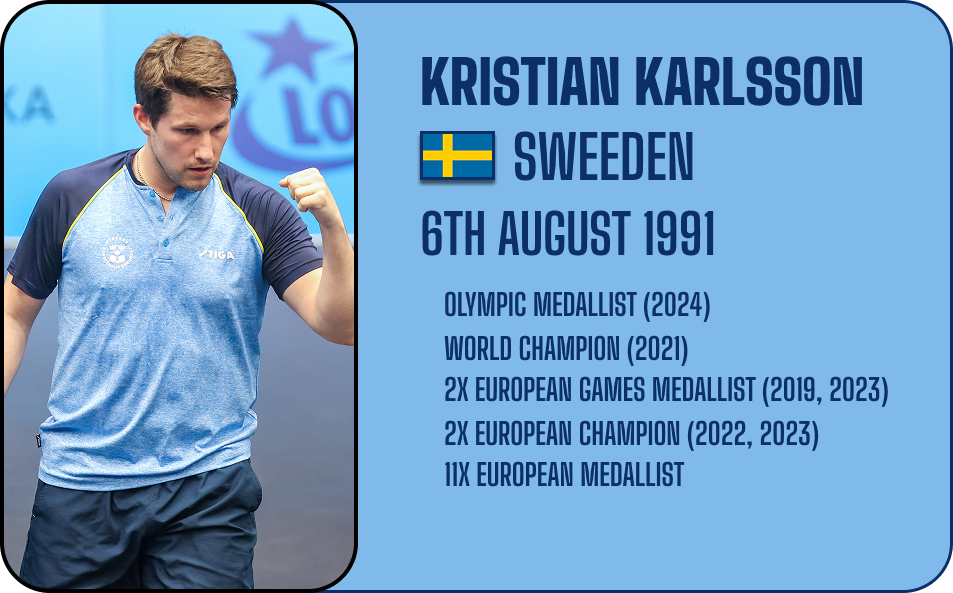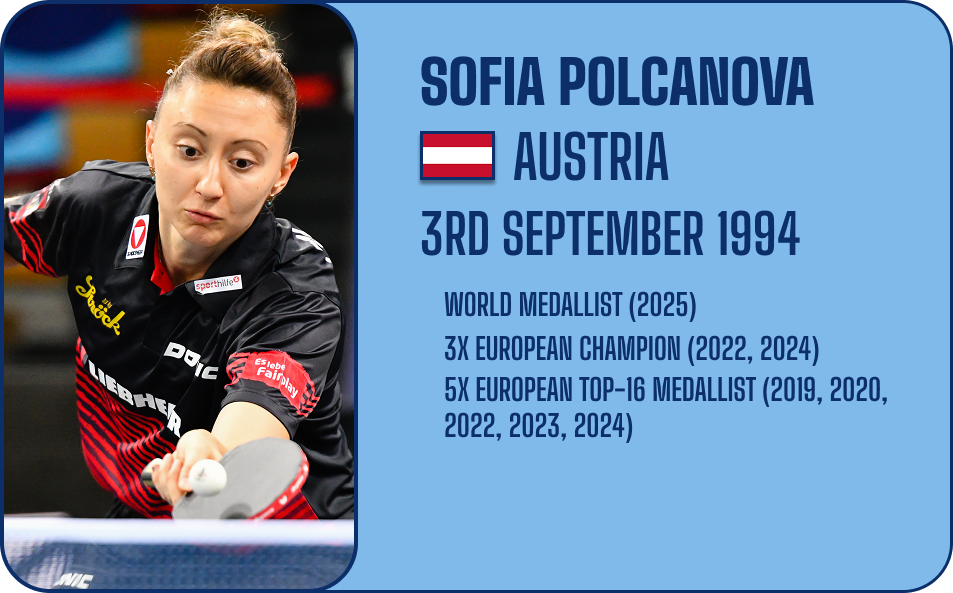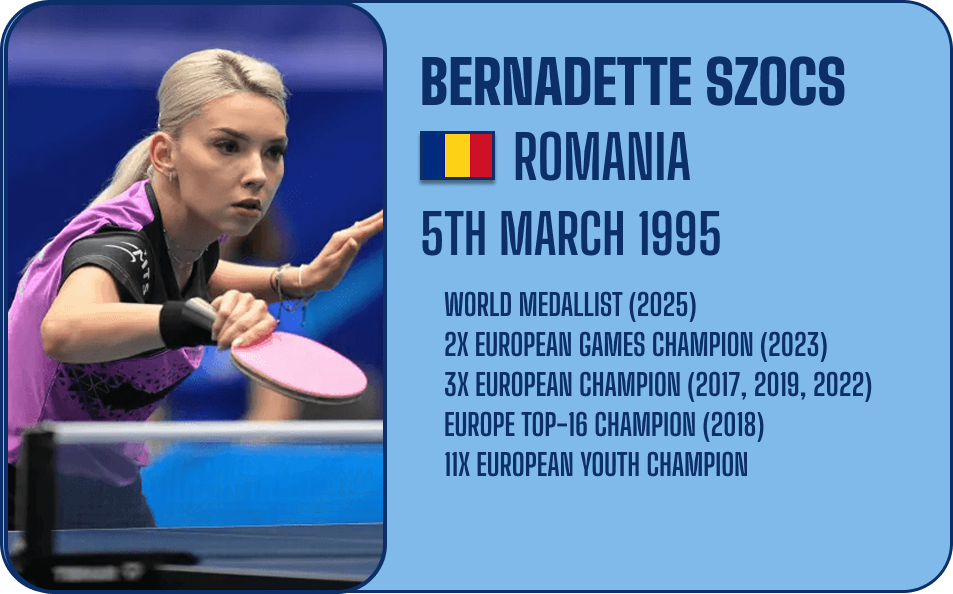The International Table Tennis Federation (ITTF), founded in 1926 and headquartered in Lausanne, Switzerland, is the worldwide governing body for table tennis. The ITTF is responsible for setting the official rules of the sport, organising major international competitions such as the World Table Tennis Championships, the ITTF World Tour, and table tennis at the Olympic Games. Beyond competitions, the ITTF promotes the global development of table tennis by supporting grassroots programmes, coaching education, and infrastructure development, particularly in countries where the sport is still emerging. The federation also leads efforts in anti-doping, technological advancements, and the continuous improvement of the sport’s organisational standards global.

